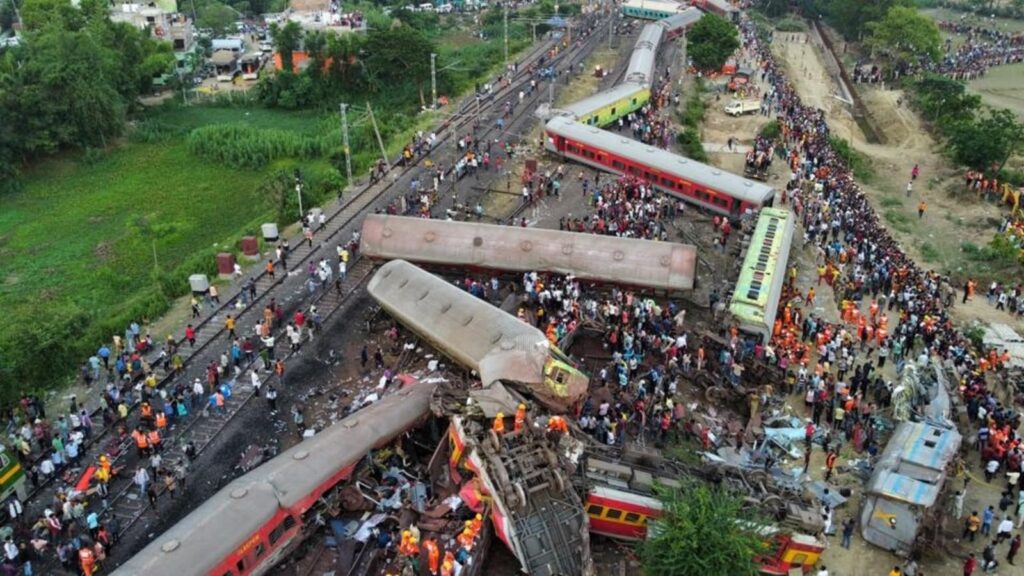Human error and signalling lapses may have been responsible for the worst railway accident in three decades that killed 293 people in Odisha last month, the main Railways investigation of the crash has said. The report prepared by the Commissioner of Railway Safety (CRS), AM Chowdhary, flagged three main findings. The first was two botched repair works, one in 2018 and another just hours before the accident, which compromised the signalling system. Two, it said the accident could potentially have been avoided had the repeated glitches been flagged. The botched repair work in 2018 included cable faults that were fixed but not marked on a crucial circuit board. And three, it noted the problems of wrong wiring and cable fault were seen in a previous instance in West Bengal last year but no corrective actions were taken.
The report will be part of inputs to the Central Bureau of Investigation (CBI), which is carrying out the main criminal investigation. It underlines what is already known — that the improvement of railway infrastructure is an unglamorous, painstaking and gradual process that requires enormous political will and huge financial investment, both of which have been found to be in short supply under successive administrations. Fixing the nuts-and-bolts that hold together one of the world’s largest rail networks is difficult but necessary and urgent. So even as the CBI probes if sabotage caused the accident, Railways should redouble its focus on this aspect.
A character in American science fiction writer Robert A Heinlein’s 1941 novella Logic of Empire famously said, “You have attributed conditions to villainy that simply result from stupidity.(…)” The authorities would be well served to remember that.

